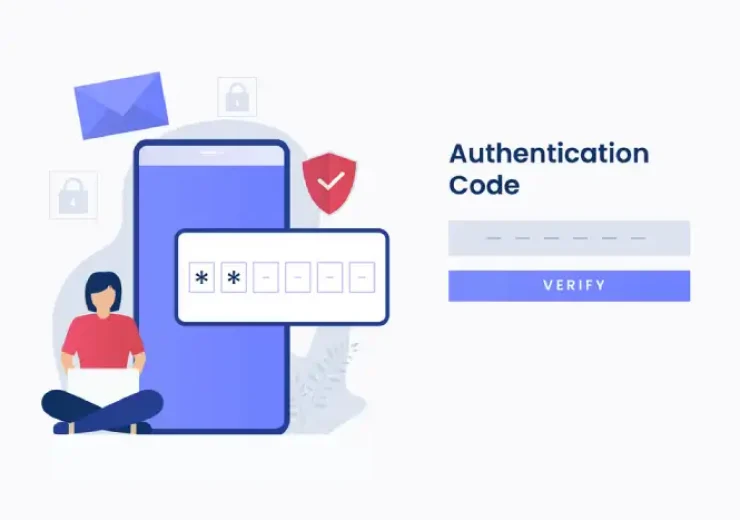SSL Certificate Problem and How To Fix Them?
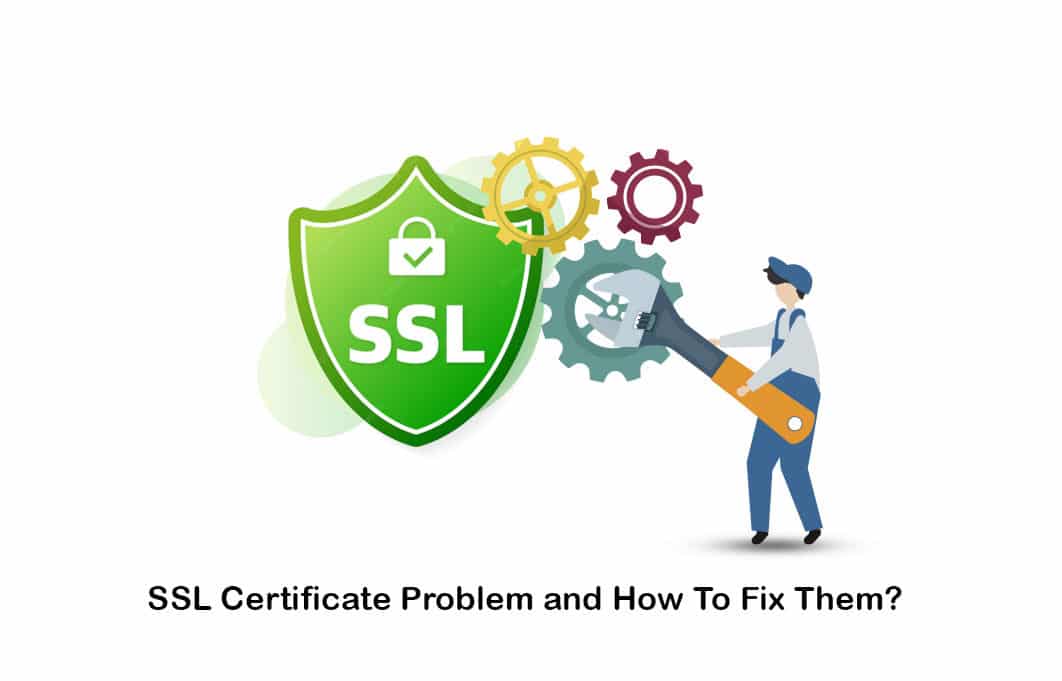
Table of Contents
Having an SSL certificate is a must for a website as of now. This is why 170 million websites on the internet have SSL certificates. In “What Does an SSL Certificate Do” article you can read all about SSL. An SSL certificate gives your website a more trustworthy appearance. An SSL mistake has the exact opposite effect. And if clients lose faith in you, you can bet they’ll turn to a competition they can trust. However, you will also run into an SSL certificate problem at any given time. This is why it is important to understand the SSL certificate errors clearly. Continue to read, and we will share more details about them with you.
Types of SSL Certificate Errors and how to fix them?
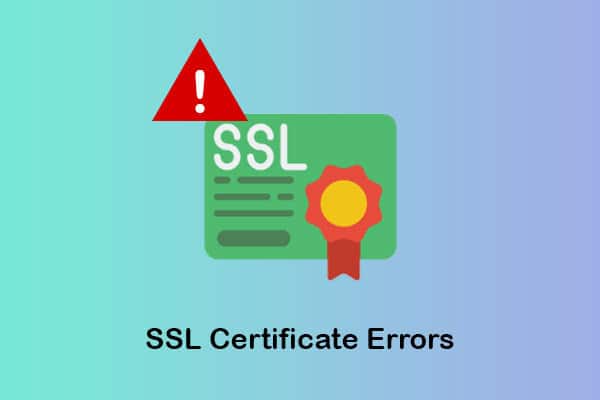
When you look at SSL certificate errors, you will notice many different types of them. To help you understand the exact SSL certificate problem, we will share details about the different errors. Based on these, you will figure out the exact reason behind why you are facing the SSL certificate problem.
if you want to buy ssl certificate easily, click here.
Name Mismatch Error
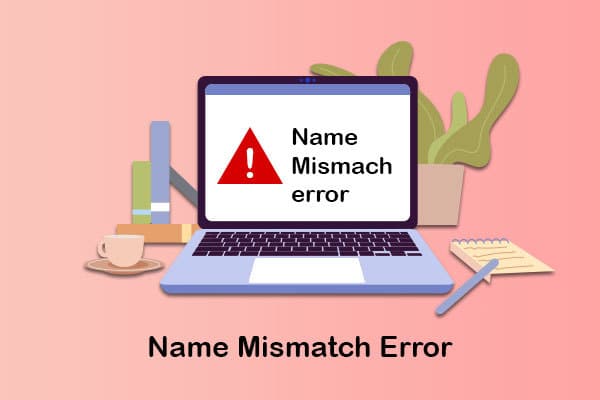
This issue shows that the SSL certificate’s domain name does not match the URL entered into the browser. Something as basic as “www” might trigger this warning. Let’s say you have a certificate for www.yoursite.com and then type https://yoursite.com. You’ll then get an SSL certificate validity error.
Mixed Content Error
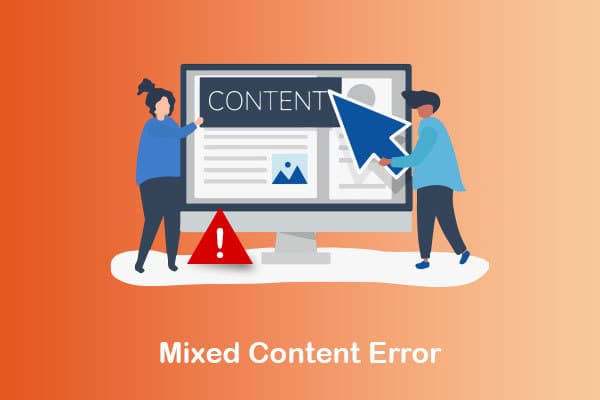
This error indicates that an element on a secure website loaded using HTTPS in the address bar is being loaded from an insecure one, loaded along with HTTP within the address bar. Even if a website has one unsecured file, usually a picture, I frame, Flash animation, or JavaScript snippet — your browser will show an error message rather than displaying the page.
This occurs when the common name for an offered SSL certificate differs from the name shown in the URL bar. The web browser will pause and display a name mismatch error if there is a discrepancy. Even if the relevant certificate is installed correctly, this error might occur. You could access the website using an IP address or an internal name, but the certification was given to the complete web address or the other way around.
It’s also conceivable that the web address was misspelled in the request or that a self-signed certification was installed instead of an HTTP security certificate provided by a Certificate.
If you connect using any of the following identities and a certificate protects your website with the name www.example.com. Still, if you are trying to access www.example.local or another local IP address, you will get the SSL error. Even though all of the above URLs will take you to a website with an acknowledge the receipt, if you connect to a name different than the one for which the certificate is issued, you may get a name error.
SSL Certificate Not Trusted Error
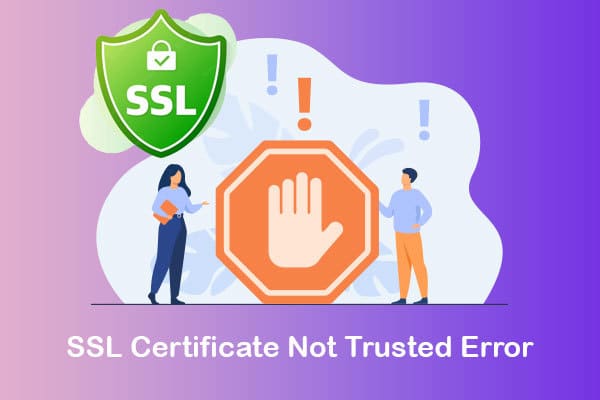
This issue means the SSL certificate was signed or accepted by a firm the browser doesn’t trust. That either indicates the certificate authority (CA) isn’t on the browser’s in-built list of trustworthy certificate providers, or the server issues the certificate. Self-signed certifications are certificates that are given by the server.
Accessing the site using the internal name when the SSL certificate on that server does have the public name is another cause for this error to appear. In this case, you’ll need to purchase and install Unified Communication (UCC) SSL, which includes an exterior public name and an internal hostname in the SSL certificate. A free SSL checker may be used to validate the SSL certificate once installed.
Expired SSL Certificate Error
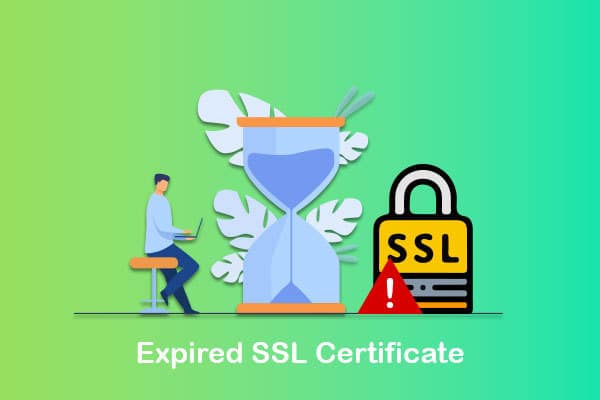
When the site’s SSL certificate expires, this error occurs. According to industry norms, SSL certificates have a maximum duration of 398 days. This implies that every website’s SSL certificate must be renewed or replaced at least every two years.
This most often causes SSL certificate failures. This error indicates that the SSL certificate’s validity time has expired. Every certification has a set time of validity. The customer will reject certificates that are out of date. Validity durations are usually one year in length. As a result, it’s easy to overlook the need to renew certificates before they expire.
The browser checks the expiration of all certificates in the chain, whether root, intermediate, or leaf. Both the leaf and intermediate certifications should not be expired. This may also happen if the time on the browser device is off. Replace your web server’s SSL certificates with fresh, valid certificates to fix this error.
Untrusted Certificate Authority
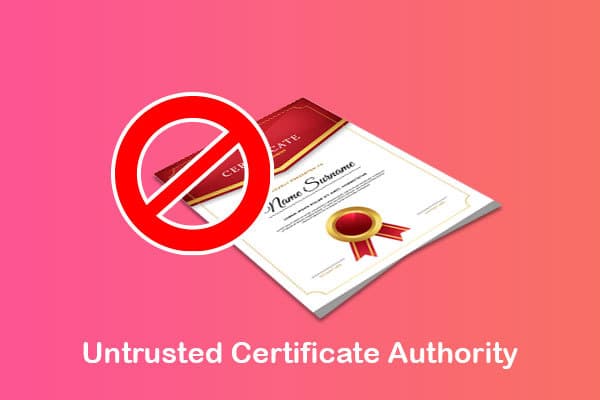
This error indicates that the browser cannot locate the certificate authority in the trusted certificate store on the local computer. If the browser cannot identify any locally trusted root credentials when building the SSL Chain of Trust, it will not trust the server’s certificate. This problem may also be caused by using self-signed credentials since the browser does not trust them.
If you wish to utilize a self-signed cert on your website, go into the browser’s trusted store and manually add your certificate. Ensure you get your certificates from a trustworthy certificate authority to prevent this. If you are already using AWS, this will simplify your administration by removing one more provider, and it was also absolutely free.
SSL Certificate Revoked Error
This error means that the CA has revoked or terminated the website’s SSL certificate. This might be due to the website obtaining the certificate using fake credentials either accidentally or intentionally, the key being hacked, or the incorrect key.
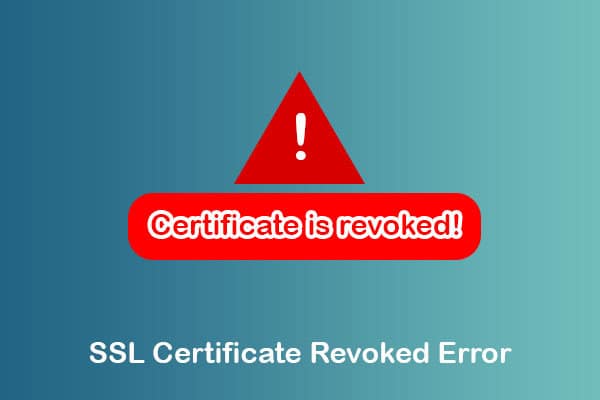
This issue occurs when one of your website’s leaf or intermediary certificates is revoked and appears in the canceled credentials list. If a certificate is compromised before it expires, the certification authority will revoke it. The Certificate Revocation List is kept by the Certificate Authority and contains a list containing revoked certificates (CRL). When a webpage is loaded, the browser checks whether any of the certificates inside the chain are in the CRL. The browser will refuse your certificates whether any of the certificates in your chain are listed in CRL. The technique used by each browser to check the revocation state of certificates is different.
To verify the revocation state of your certificates, you may either query the CRL regularly or utilize the Online Certificate Status Protocol (OCSP) to do so. Implementing these procedures is tough. Replace your canceled certification with a fresh certificate to fix the problem. Also, look into why the certificate was revoked. To watch your website, utilize SSL certificate monitoring systems such as the Sematext Synthetics Browser Monitor, which employs a genuine Google Chrome browser. When the certificate is included in the browser’s CRL, the computer checks the revocation state of your site certificates & informs you.
Generic SSL Protocol Error
Generic SSL protocol error is the most common. You will find it an easy task to fix this error as well. However, it is important to keep in mind that there are multiple reasons behind the generic SSL protocol error. We thought of helping you have a clear idea about those different causes. Based on that, you can figure out how to proceed with fixing this SSL error.
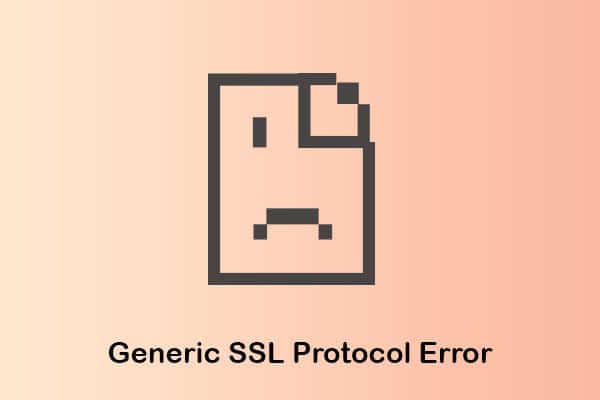
A common reason behind a generic SSL protocol error is an improperly formatted certificate. If a web browser is supposed to process an SSL certificate, it should be available in the correct format. If the SSL certificate is not in the valid format, issues like this will happen. Likewise, it is also essential for the SSL certificate to be installed on the server properly. If this doesn’t happen, you will get a problem with the SSL certificate. This should be fixed as well.
An unverified, faulty, or a lack of digital signature may also lead you to problems with an SSL certificate. You should be mindful of them as well. Every SSL certificate comes with an encryption algorithm. If the encryption algorithm is outdated, you will get an SSL error. Therefore, you should double-check and confirm whether you are using appropriate up-to-date encryption methods or not.
There would also be problems with the website certificate chain of trust. This would eventually result in the cancellation of the SSL certificate. As a result, the SSL certificate of the website could be directly impacted. You will get a generic error message on the web browser in all these instances.
Whenever you encounter a generic SSL problem, there are a few steps to follow to fix the issue. The very first thing that you should do is to diagnose the problem. This is where an online tool will be able to help you. Then you will need to go ahead and install an intermediate certificate on the web server. Along with that, you may proceed with generating the new certificate signing request. The next thing you should do is upgrade the dedicated IP address. You may also think about getting a wildcard SSL certificate. All the URLs should be changed into HTTPS manually to ensure that SSL is appropriately working. As the last step, you can proceed with renewing your SSL certificate.
Inactive Certificate

The inactive certification error occurs when the browser obtains an SSL certificate where the validity term has not yet begun. Nowadays, it’s typical to utilize a certificate manager should keep track of your server’s certificates. The manager will automatically deploy the new certificates, and their validity term will begin when they are deployed. The client will refuse the certification if the client device’s clock is 5 minutes late owing to configuration errors or other factors. This is most typical with API clients when the client machine’s time is out of sync.
Replacing the SSL certificate with such a new one with a valid start time is the solution. Ascertain that the client’s clock is already in sync with the server’s. Check the validity kickoff time before installing the certificate inside the system to prevent installing certificates that are not yet active. Also, if you’re using certificate management to handle your certificate, ensure you’re alerted of any certificate changes and the new certificate’s information.
Invalid/Incomplete Certificate Chain
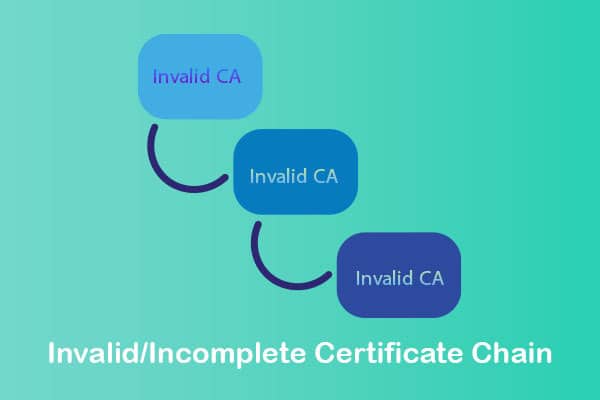
When the browser cannot build a legitimate trust model between your address bar credentials and the lists of trusted authority certificates, an incorrect or missing certificate chain error occurs. A collection of trusted root credentials is kept in each browser. When the browser gets the certificates from the server, it begins chaining them until it reaches one of the trusted authority certificates. It will attempt to create an SSL Chain of Trust, an ordered set of certificates that allows the browser to verify that the site’s server and certification authority are reliable. If the browser cannot create the certificate chain, such as because intermediate certificates are missing, the credentials will be rejected.
Resolve the issue by deploying and configuring your server to provide the leaf certificate and any intermediate certificates. Always install the leaf and all intermediary certificates on your server to avoid certificate chain errors caused by missing intermediary certificates.
You can also read about what is the difference between ssl and tls encryption in another article.
Conclusion
Now you are aware of the different reasons why SSL issues will happen. Based on these, you can figure out the exact reason behind the SSL certificate issue that you are facing. You can follow the tips that we shared to fix the problem and make your website accessible to people like before. Whenever you get any of these SSL errors, you will need to proceed with fixing them as soon as possible. Then you will be able to ensure delivery of better service to the visitors.



